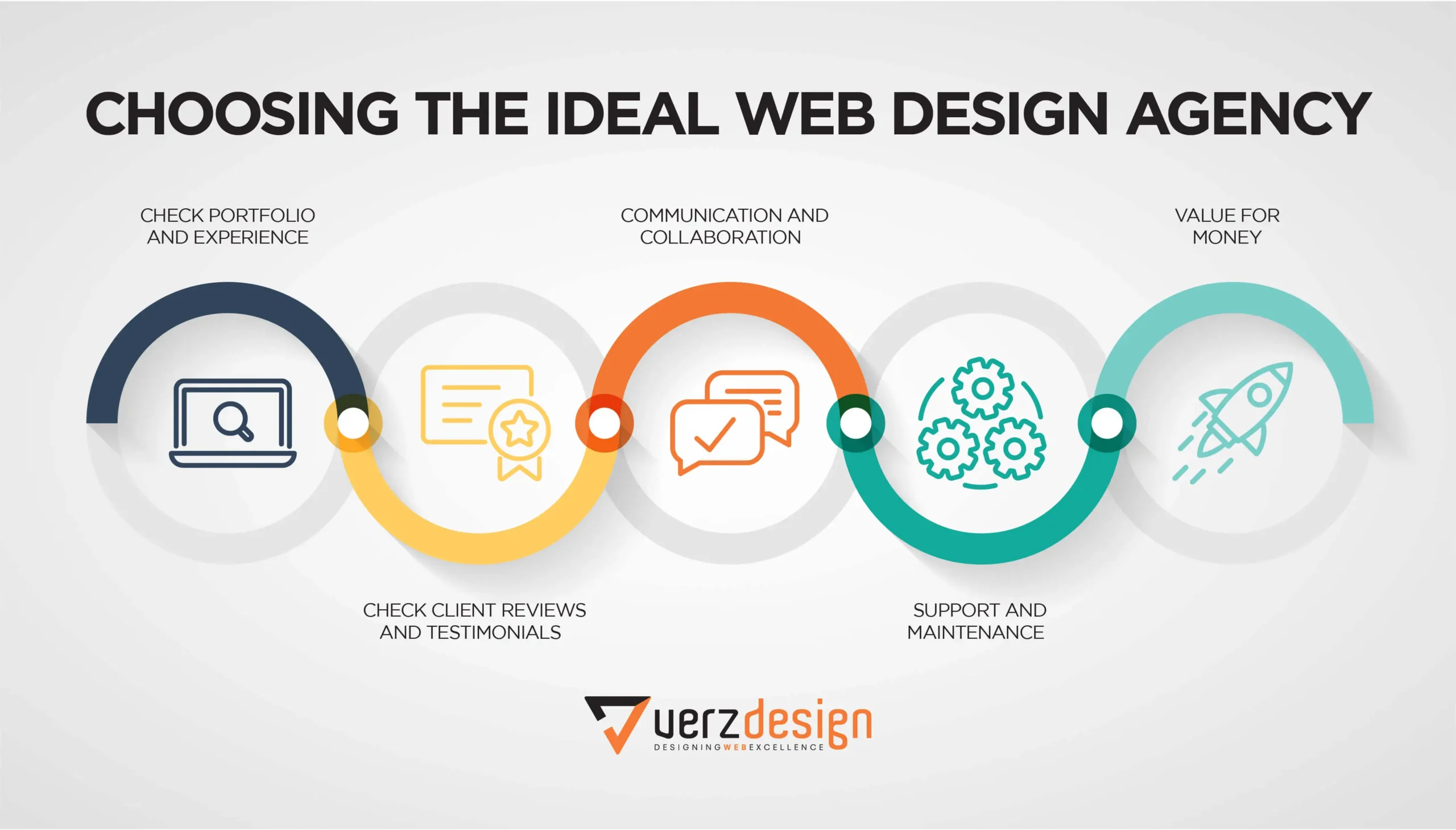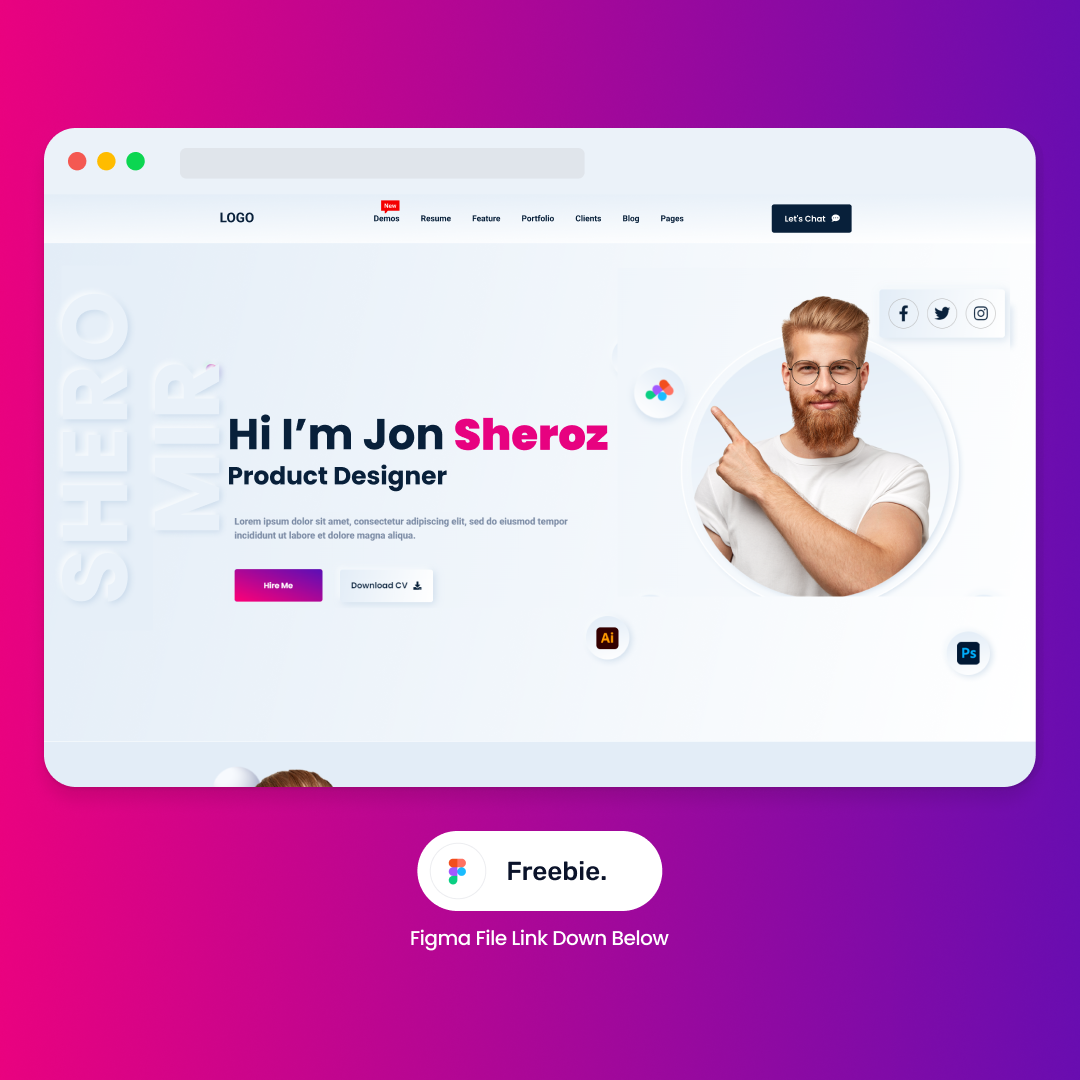The Ultimate Guide to Modern Web Design: Tips, Tools, and Trends
The Ultimate Guide to Modern Web Design: Tips, Tools, and Trends
Blog Article
Understanding User Experience: Secret Principles for Effective Website Design
In the world of web layout, recognizing individual experience (UX) is extremely important to creating platforms that not only attract but likewise retain users. Key concepts such as instinctive navigation and effective responses systems play crucial roles in fostering individual fulfillment. Additionally, considerations for availability make sure that all customers can engage with the material seamlessly. The nuances of aesthetic design and the significance of repetitive testing commonly continue to be neglected. As we discover these foundational aspects, it comes to be noticeable that grasping UX is not simply an option but a need for success. What are the implications of neglecting these concepts?
Relevance of Individual Experience

In the realm of internet design, one can not undervalue the significance of individual experience (UX) as a pivotal aspect that straight affects the success of a web site. A favorable UX not just boosts user complete satisfaction however also promotes loyalty, motivating repeat brows through and interactions. When users run into a user-friendly and engaging interface, they are most likely to check out the content, exchange customers, or share their experiences with others. This organic promotion can considerably intensify a brand name's reach and visibility.
It includes the total performance of a web site, making certain that navigating is smooth and information is quickly available. Sites that prioritize UX are usually viewed as even more credible and reliable, which can have an extensive influence on conversion prices.
Eventually, spending in individual experience is not just a design option; it is a tactical choice that can differentiate a brand in a jampacked marketplace. By concentrating on UX, services can create meaningful interactions that resonate with customers, paving the means for continual success in the digital landscape.
Usability Concepts
Efficient internet style depends upon the application of crucial functionality concepts that make certain an internet site is both practical and user-friendly. Central to these principles is the idea of intuition, where customers can navigate the website effortlessly without comprehensive direction. Clear navigation frameworks, consisting of regular layouts and well-labeled menus, improve this intuitive experience, enabling customers to situate details swiftly.

Uniformity is equally vital; preserving harmony in style components, terminology, and treatments throughout the site aids to decrease confusion. Users must not have to relearn how to engage with different sections of the website.
Additionally, mistake avoidance and healing are necessary for functionality. Websites need to be designed to minimize the opportunity of individual mistakes, and when errors occur, clear and useful mistake messages need to lead users in the direction of resolution.
Access Factors To Consider
Ensuring availability in web style is extremely important for developing comprehensive digital experiences that deal with all customers, consisting of those with disabilities. Availability factors to consider entail developing web sites that suit varied demands, allowing individuals with aesthetic, acoustic, cognitive, or motor problems to browse and connect effectively.
To achieve this, internet developers must stick to established standards, such as the Web Web Content Accessibility Guidelines (WCAG) These standards provide a structure for making material perceivable, operable, easy to understand, and robust. Key practices consist of making sure sufficient color contrast, giving message alternatives for non-text content, and making certain key-board navigability.
Furthermore, semantic HTML must be utilized to enhance display visitor compatibility, permitting users with aesthetic his explanation disabilities to understand the framework and definition of material without effort. web design. Providing clear, succinct instructions and utilizing straightforward language can additionally improve usability for individuals with cognitive disabilities
Routine access screening, entailing actual customers with specials needs, is necessary to recognize barriers and boost the customer experience. By prioritizing accessibility, web designers not only abide with lawful requirements but also promote a more equitable electronic landscape, ultimately profiting everyone via enhanced usability and interaction.
Aesthetic Design Elements
A myriad of visual layout components plays an essential role fit individual perceptions and experiences on an internet site. These aspects include color design, typography, format, whitespace, and images, each adding to the overall aesthetic charm and performance of a site.

Color pattern stimulate emotions and can affect customer actions; as an example, warm colors may create a feeling of seriousness, while amazing shades typically promote peace. Typography, on the various other hand, impacts readability and can develop a brand's individuality - web design. The choice of font style and size must line up with the web site's objectives and target market
Images, including pictures and icons, improves storytelling and can substantially affect customer involvement. High-grade visuals develop a feeling of professionalism and reliability, while poor-quality pictures might diminish the customer experience.
Format and whitespace are similarly vital, as they guide users with the material. A well-structured layout assists individuals locate info quickly, while ample whitespace stops clutter, facilitating a more satisfying browsing experience.

Evaluating and Iteration
User screening and model are fundamental components of an effective web style procedure. These techniques make it possible for developers to collect useful feedback from actual users, guaranteeing that the end product satisfies their demands and expectations. Individual testing involves observing how genuine individuals interact with a site, identifying use concerns, and recognizing individual behavior. This straight feedback is vital in disclosing pain factors that might not appear during the design phase.
Model, on the various other hand, is the process of fine-tuning the design based upon the insights got from customer screening. By making incremental adjustments and re-evaluating the layout, teams can improve capability, enhance read review looks, and optimize user involvement. This cyclical method promotes a culture of constant enhancement, enabling developers to adapt to user needs and emerging trends properly.
In addition, incorporating both Get More Info customer testing and version right into the layout process results in more informed decision-making and inevitably results in an extra user-centered item. By accepting these principles, web designers can develop a lot more intuitive, engaging, and reliable experiences that resonate with their target market, inevitably driving greater user contentment and retention.
Verdict
In final thought, user experience is a vital element of reliable internet layout, incorporating use, ease of access, and visual factors to consider. Constant screening and version serve as essential processes for recognizing and resolving user pain factors, making sure that internet designs continue to be versatile to advancing needs.
In the world of web layout, recognizing user experience (UX) is paramount to developing systems that not only bring in however additionally retain customers.In the realm of web style, one can not ignore the value of user experience (UX) as a crucial aspect that directly affects the success of an internet site. Individual screening entails observing exactly how real users connect with a web site, identifying use problems, and understanding user habits.In conclusion, user experience is a crucial part of effective web design, including use, accessibility, and visual factors to consider. Continual testing and iteration serve as essential procedures for identifying and resolving customer pain factors, making certain that web designs continue to be adaptable to progressing demands.
Report this page